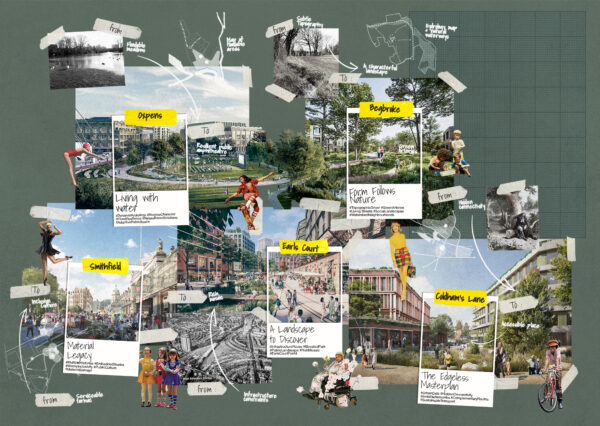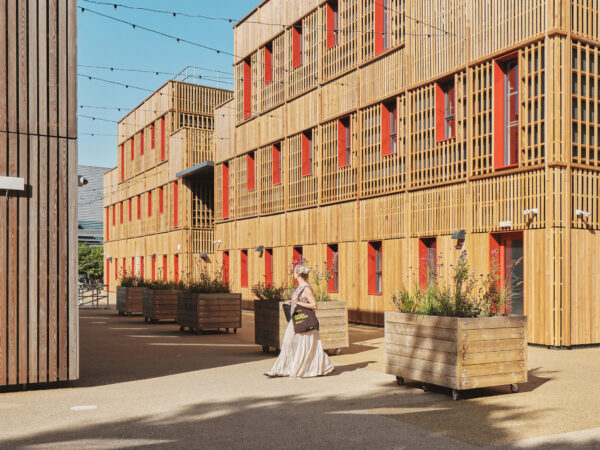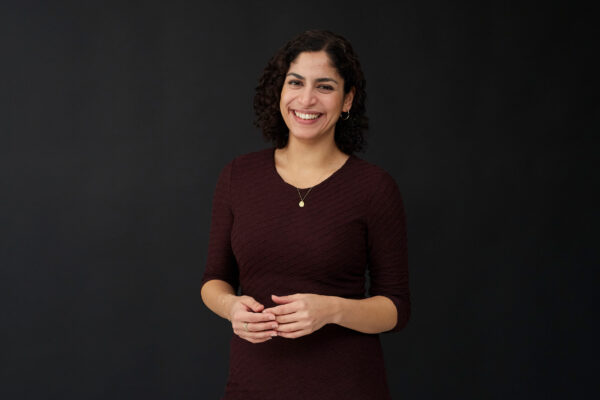The UCL Queen Square Institute of Neurology and UK Dementia Research Institute HQ
From bench to bed and back again
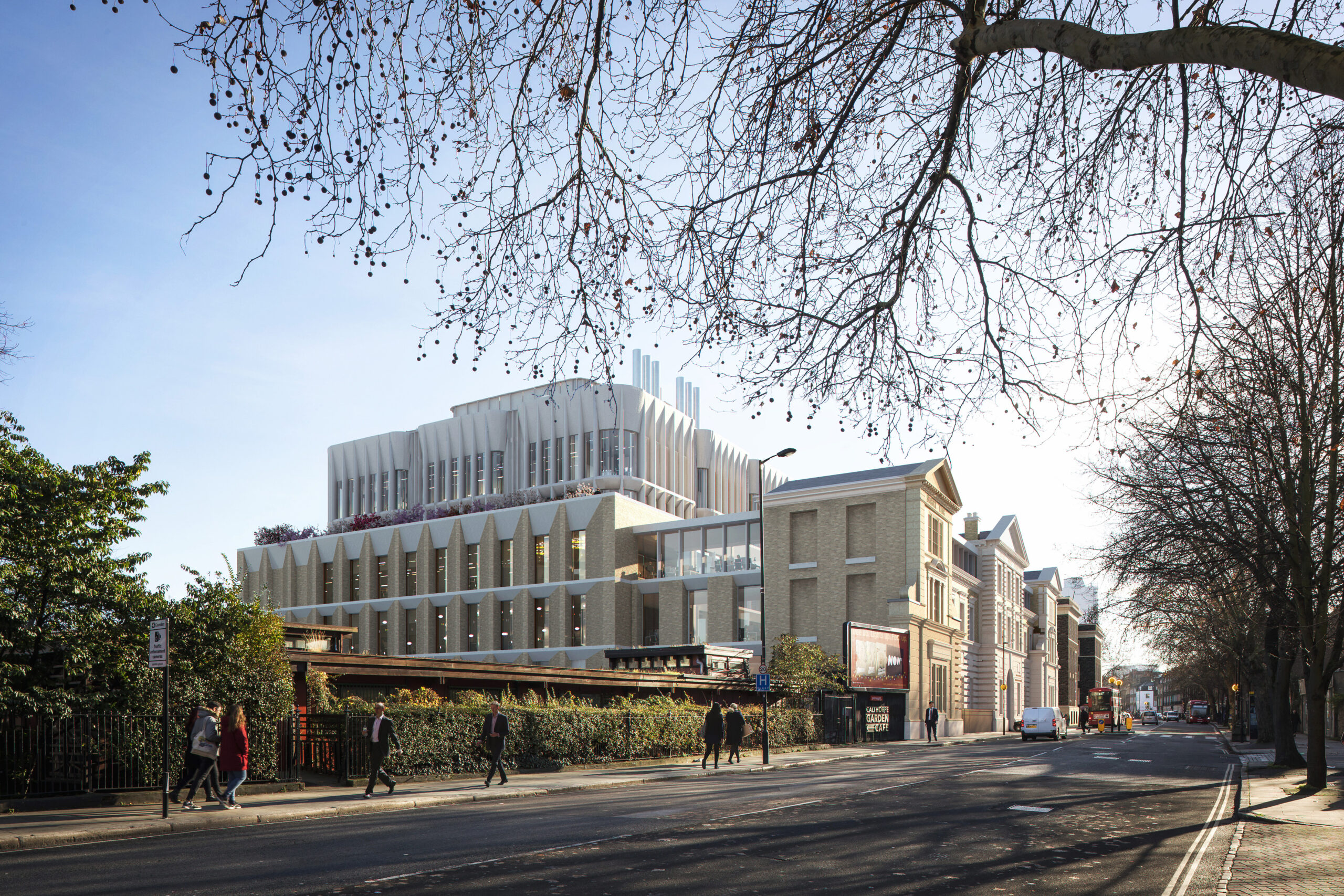
We’ve pooled our experience in lab planning, healthcare design, interiors, workplace and sustainability to design a building which can adapt and reconfigure as the scientific process evolves – from labs researching the causes of dementia and drug discovery, to therapy suites, treatment rooms and event spaces.
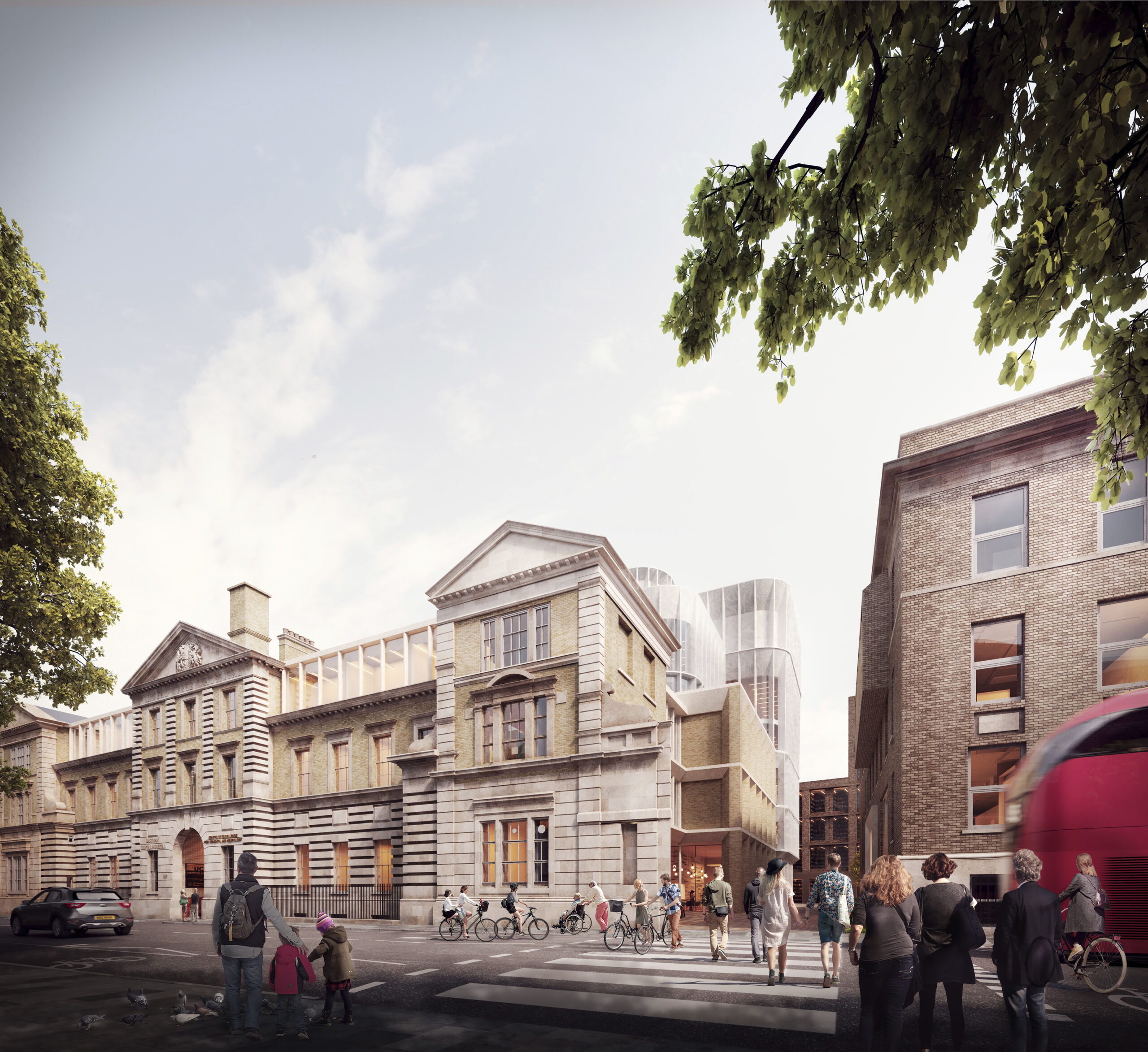
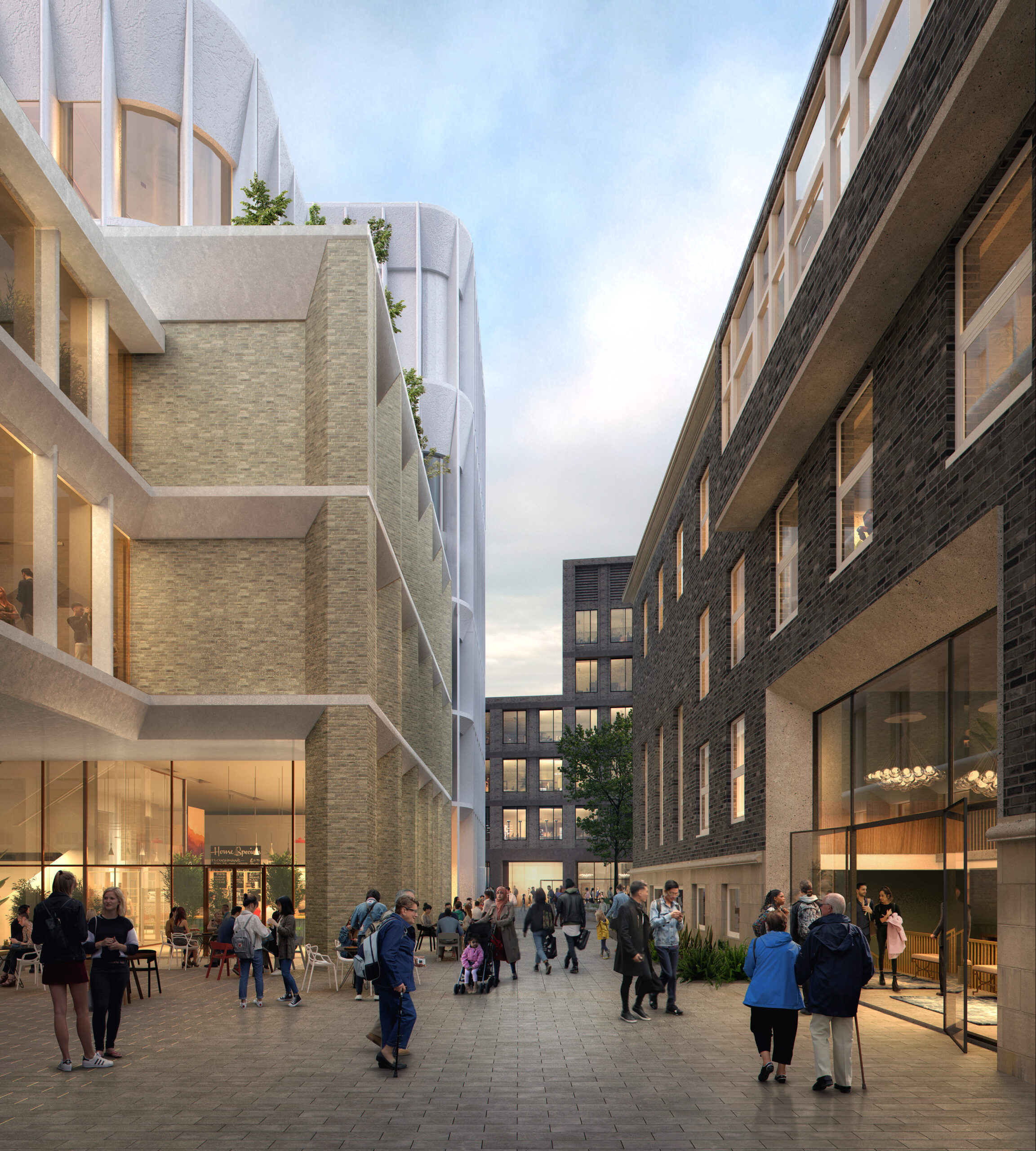
By physically reducing barriers between research groups, we can maximise opportunities for collaborative working and world-leading research practices, and speed up scientific and clinical outcomes. Sharing a single building, the same front door, facilities and services, encourages discussion and informs innovation, challenging the way that dementia research is carried out and innovative diagnostics and therapy is discovered.
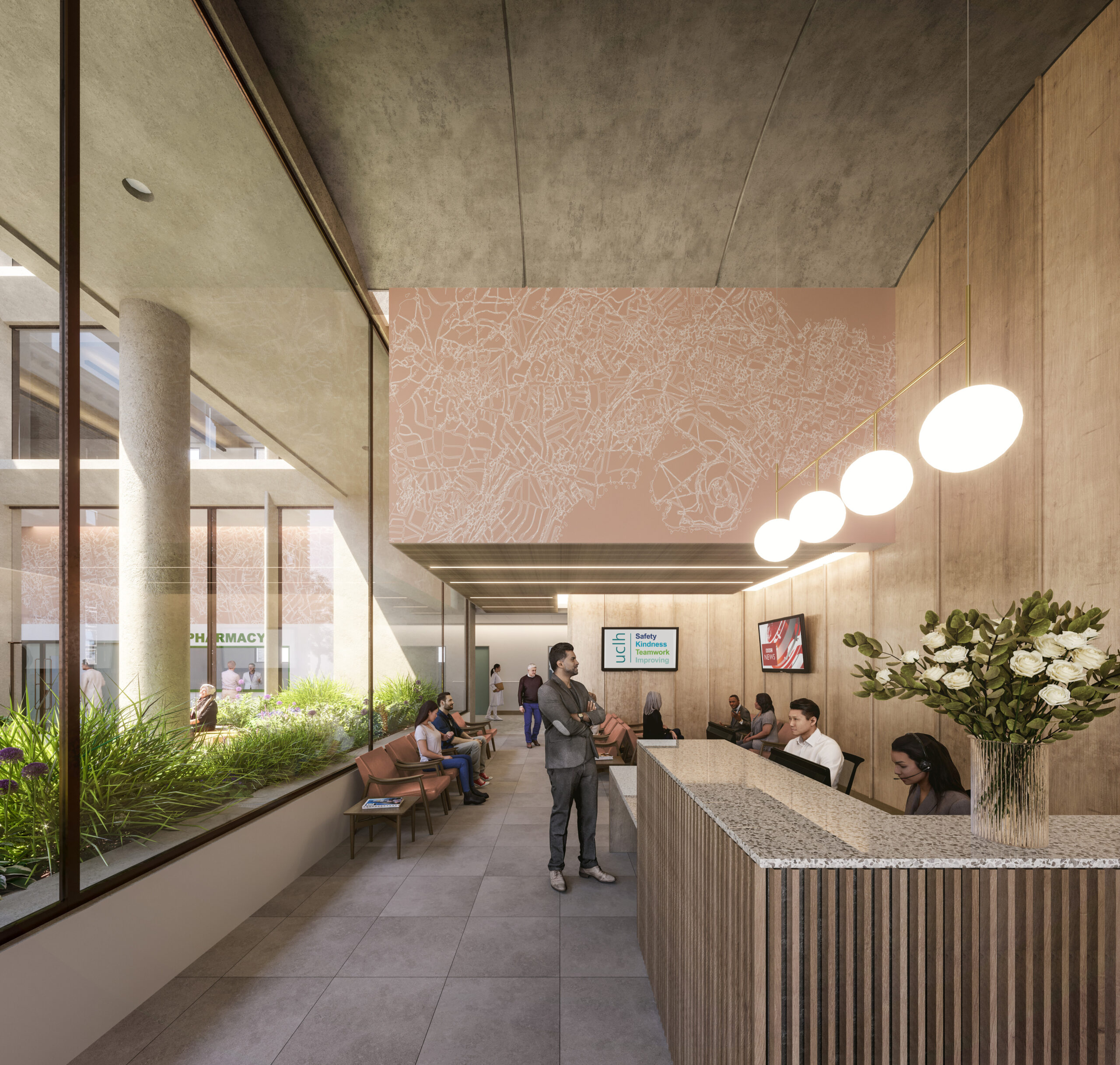
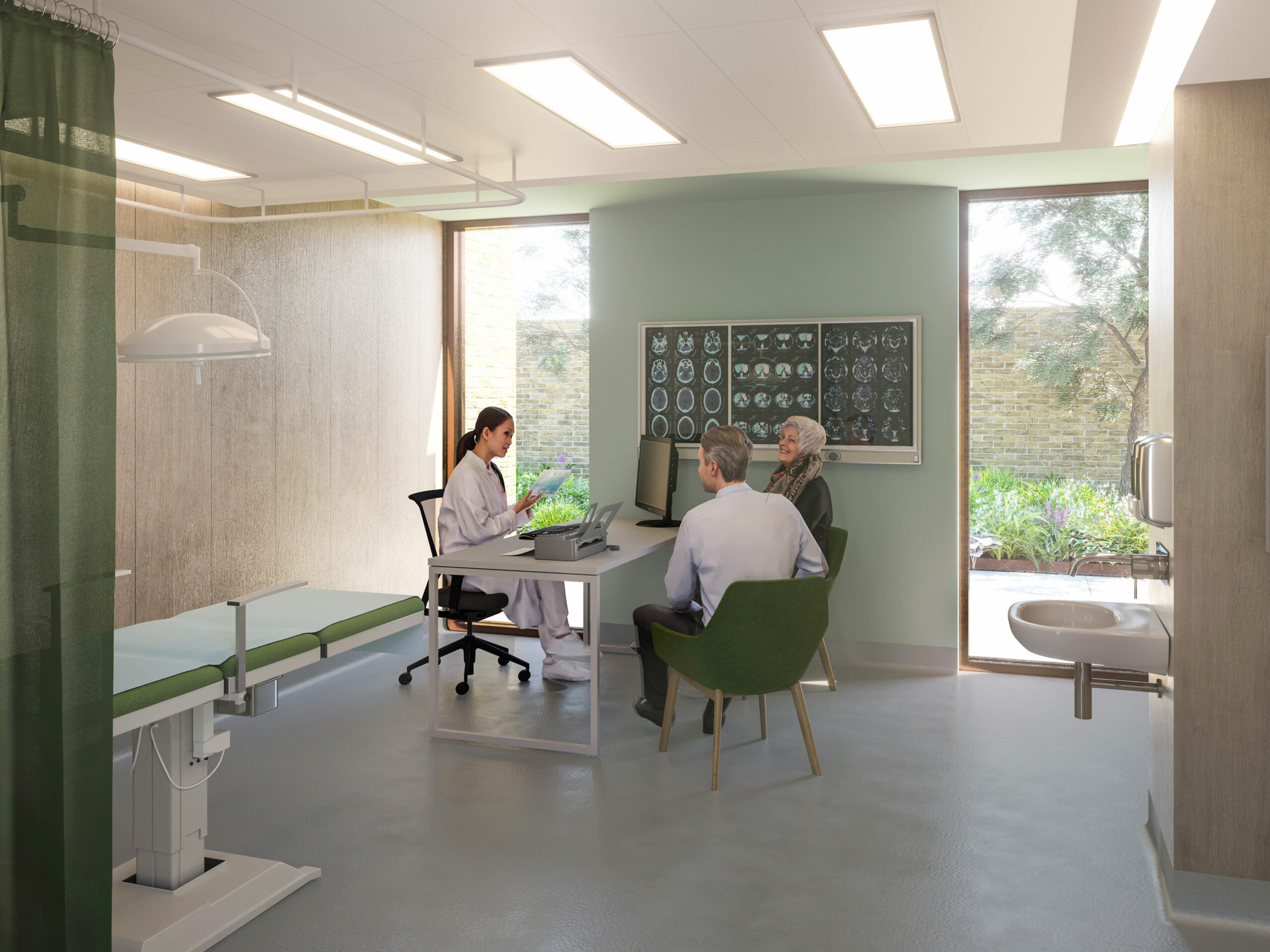
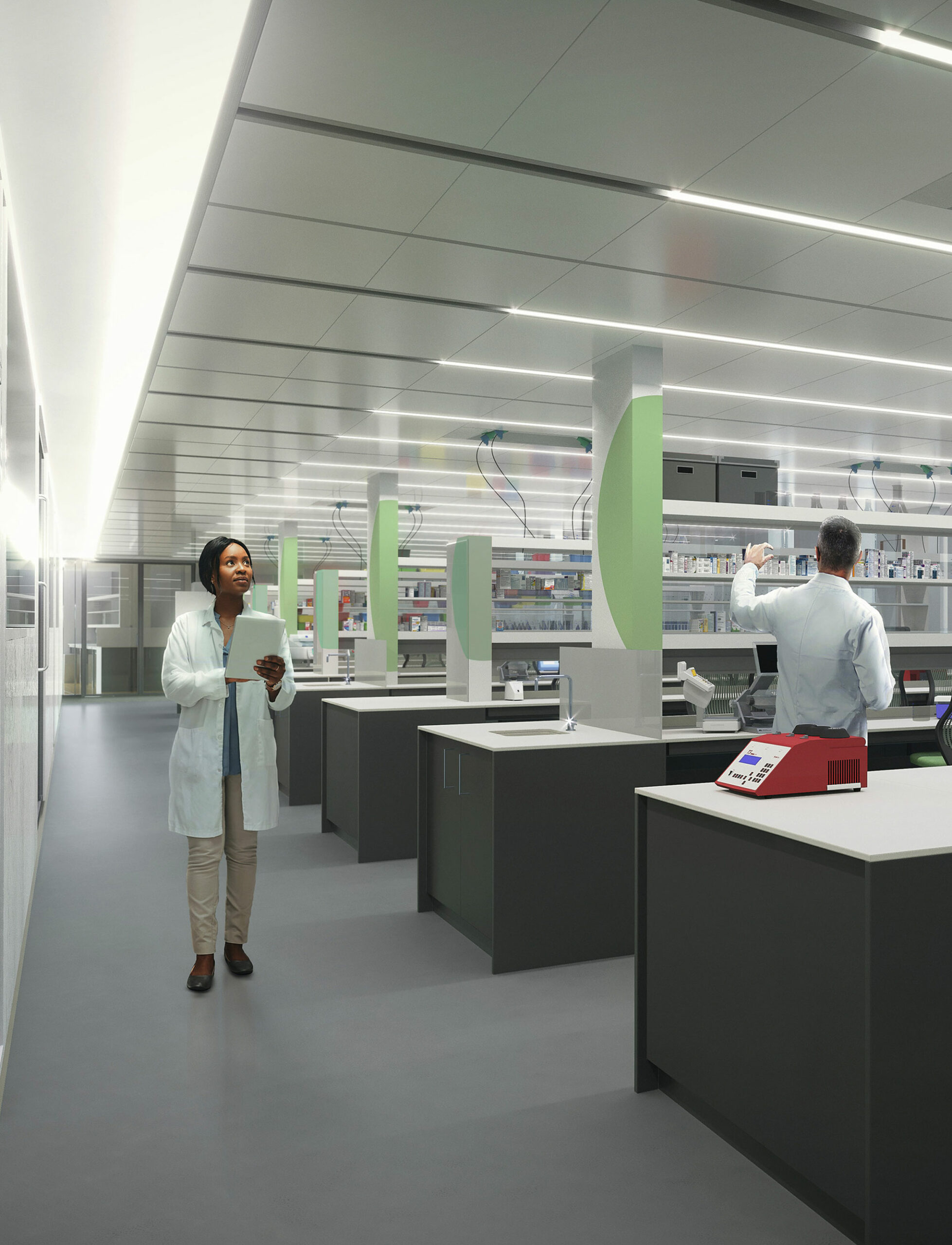
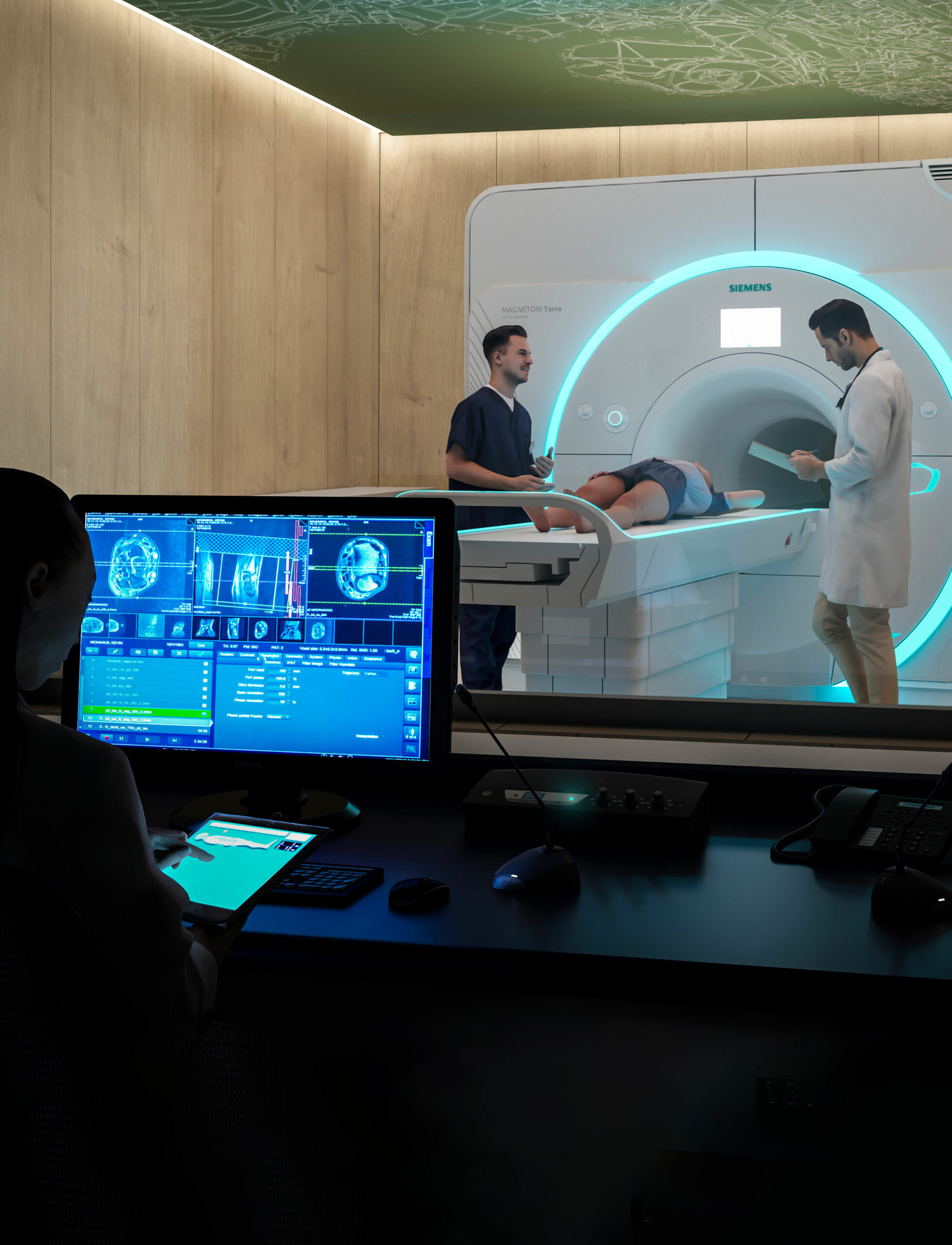
Attending a hospital appointment can be an extremely anxious time for a patient. By inviting the public to share ground floor spaces like the café, event spaces and the garden, the environment feels welcoming and inclusive, not like a hospital at all. Inside, it’s easy for visitors to find their way around, with good lighting and intuitive routes to colour-coded departments. Designing in pockets of domestic scale space helps people living with dementia to navigate the building at their own pace.
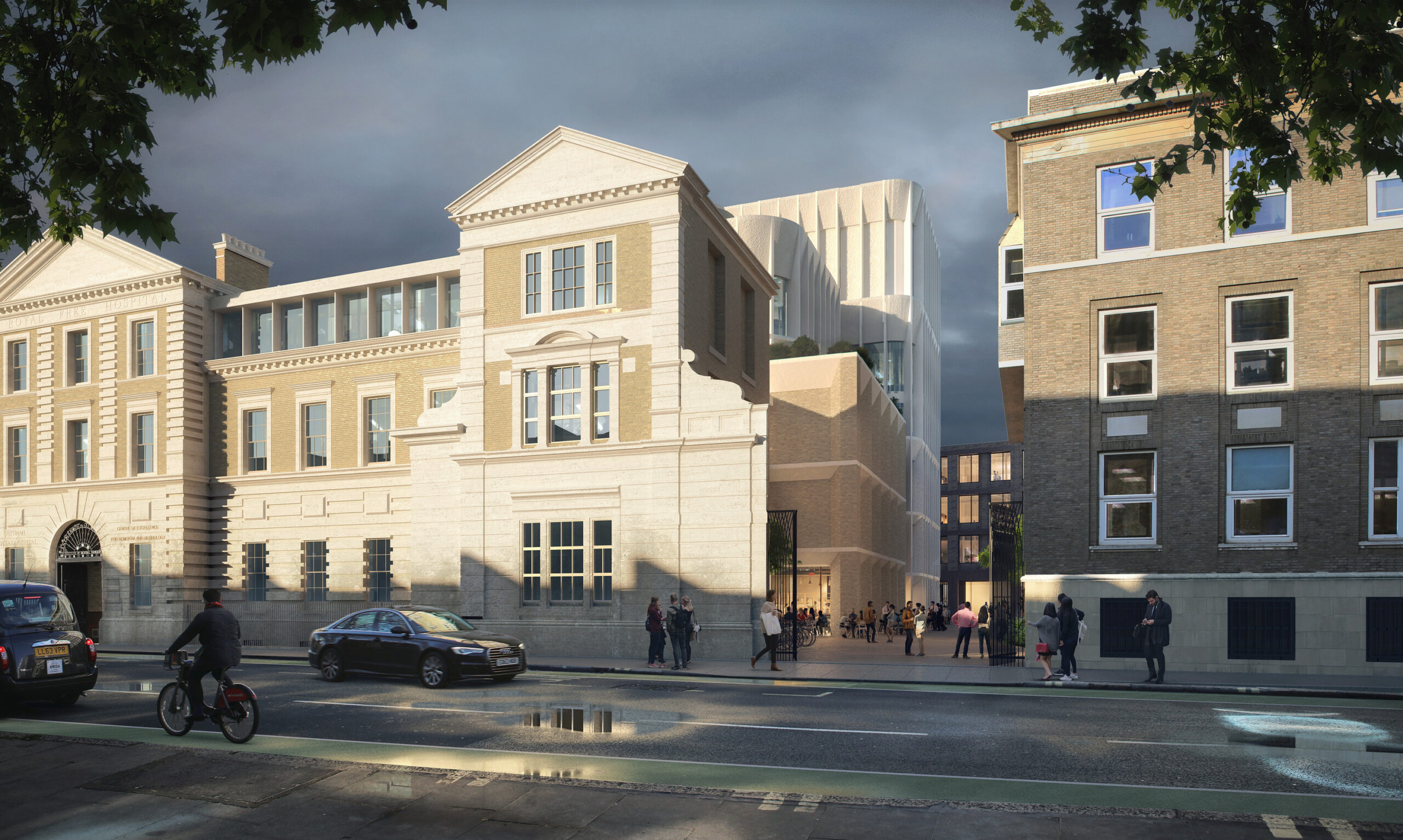
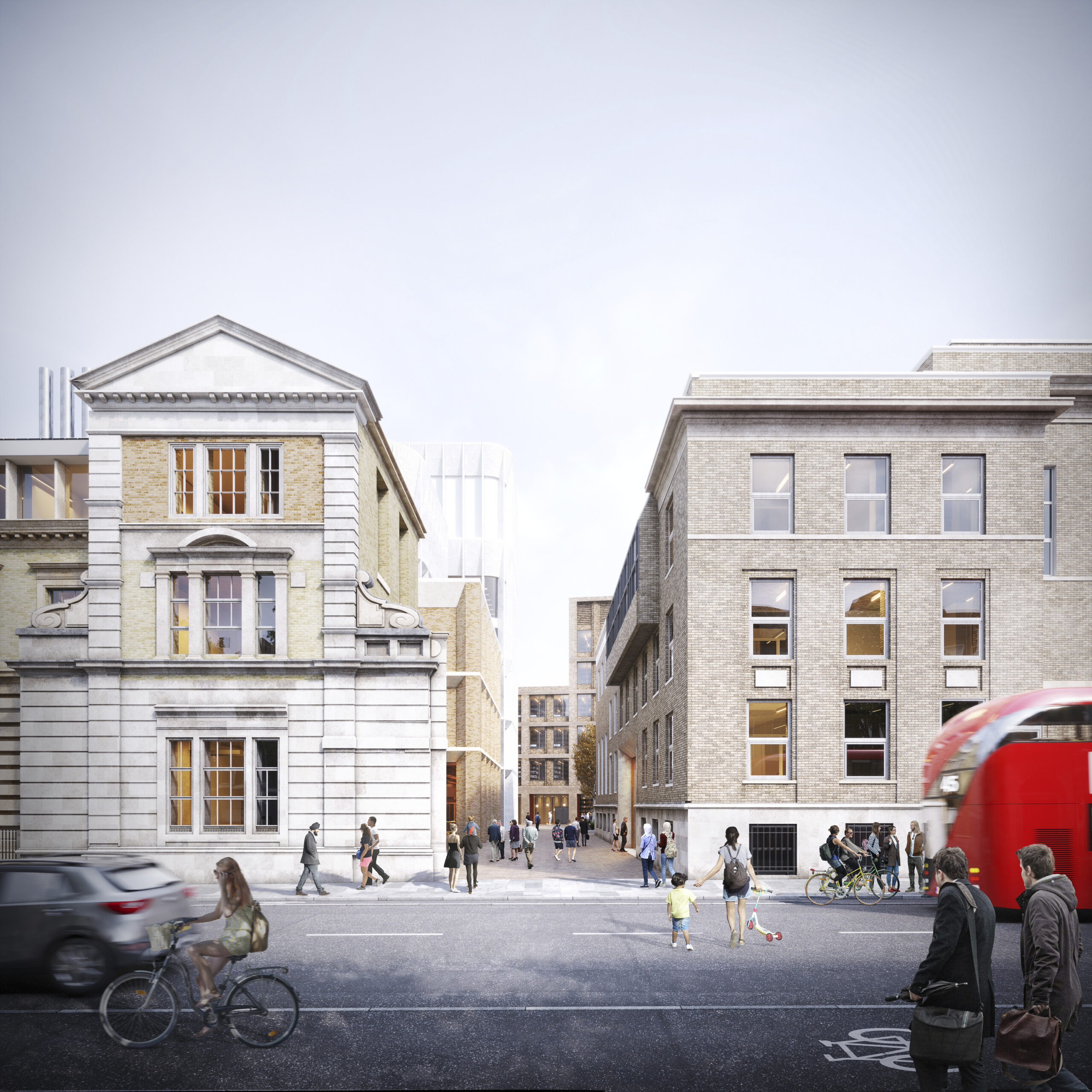
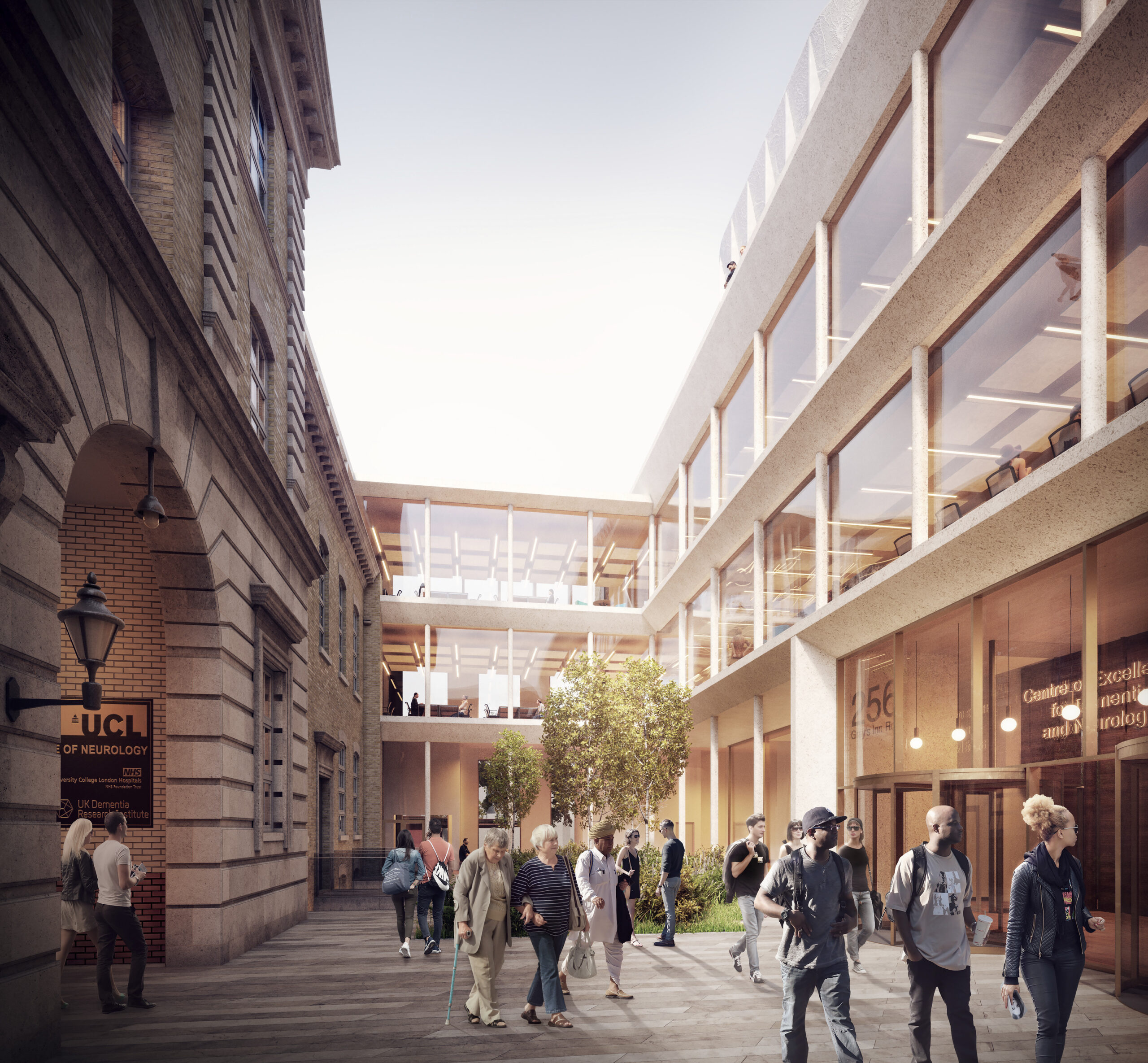
Respecting the site’s historic setting was important. The existing Alexandra Wing of the Royal Free Hospital on Gray’s Inn Road has been incorporated into the new building, blending old and new with a material palette sympathetic to its context. The wider site landscaping makes a home for the relocated and listed Riddell Memorial Fountain.
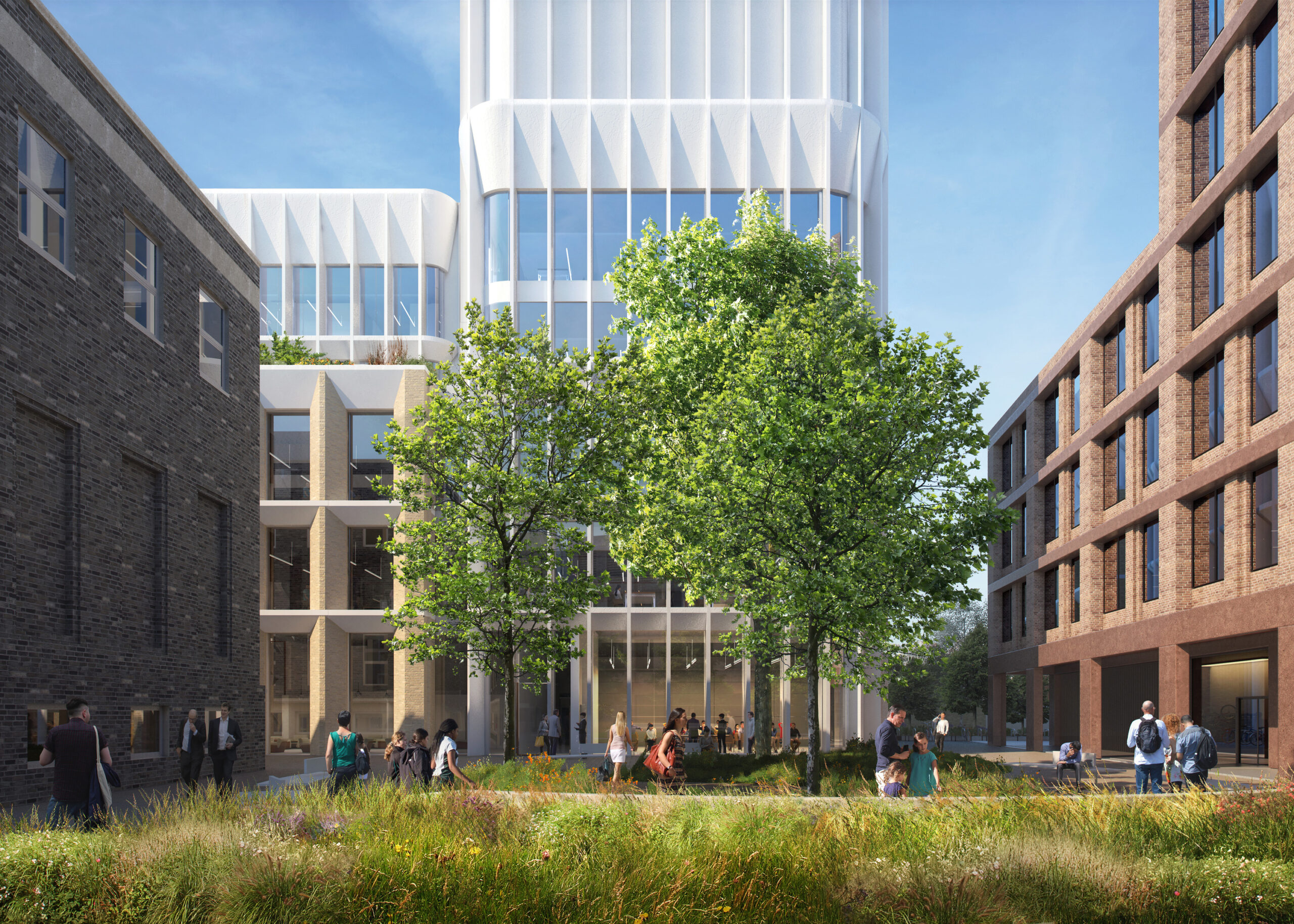
The new building will be an internationally recognised symbol of our commitment to conquering dementia. It will enable us to attract the best researchers and to provide them with an optimum environment for getting the job done. Importantly, the new space will also connect our researchers to the public and people affected by dementia.
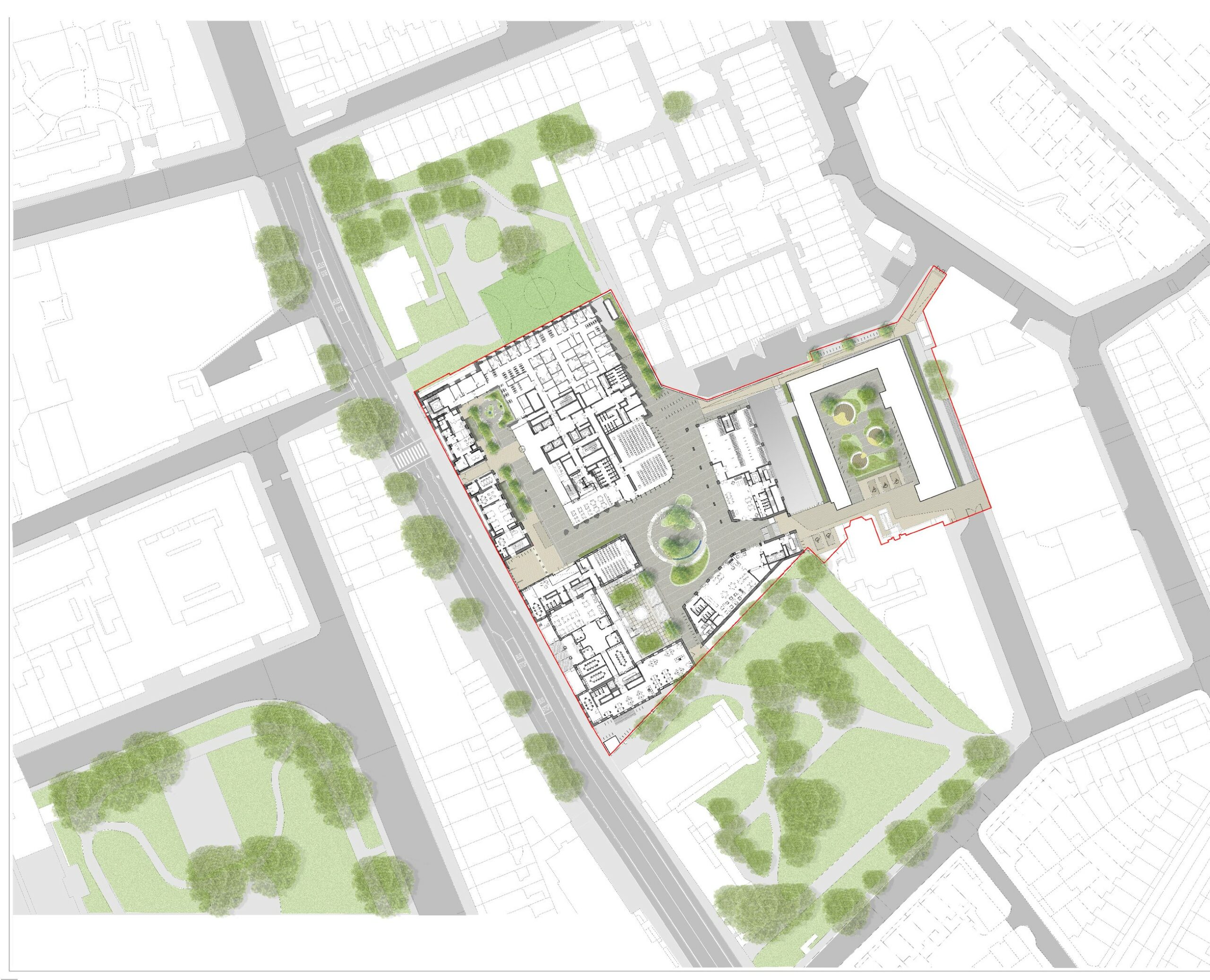
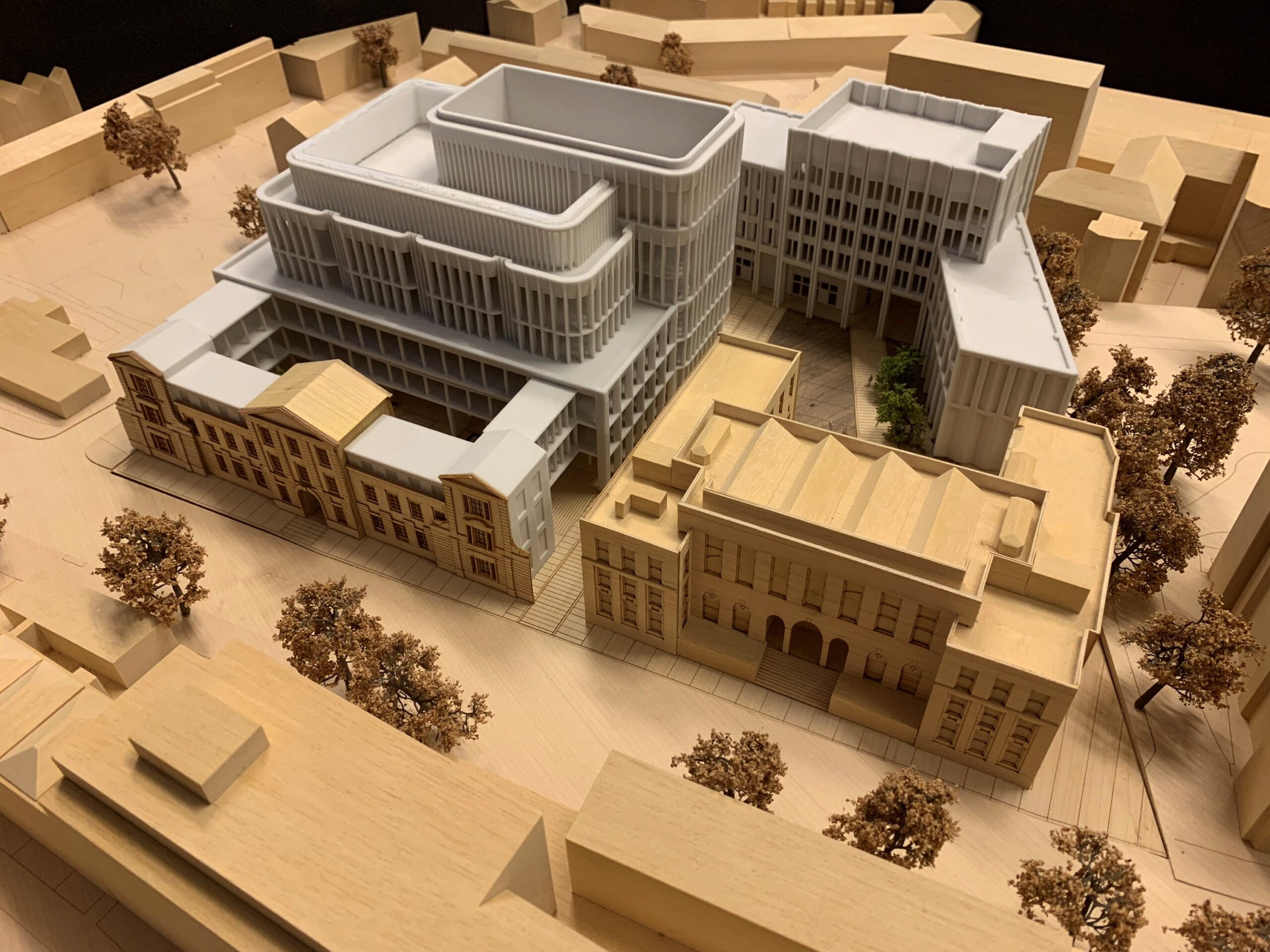
The Queen Square Institute of Neurology and Dementia Research Institute, along with a UCLH NHS outpatient unit, will occupy one of the three buildings on the redevelopment of 256 Gray’s Inn Road. Hawkins\Brown has secured planning consent for the refurbishment of the Grade II listed Eastman Dental Clinic (plot 2) and a flexible and adaptable teaching and learning building to the rear of the site (plot 3). These buildings are being constructed alongside the Queen Square Institute of Neurology.
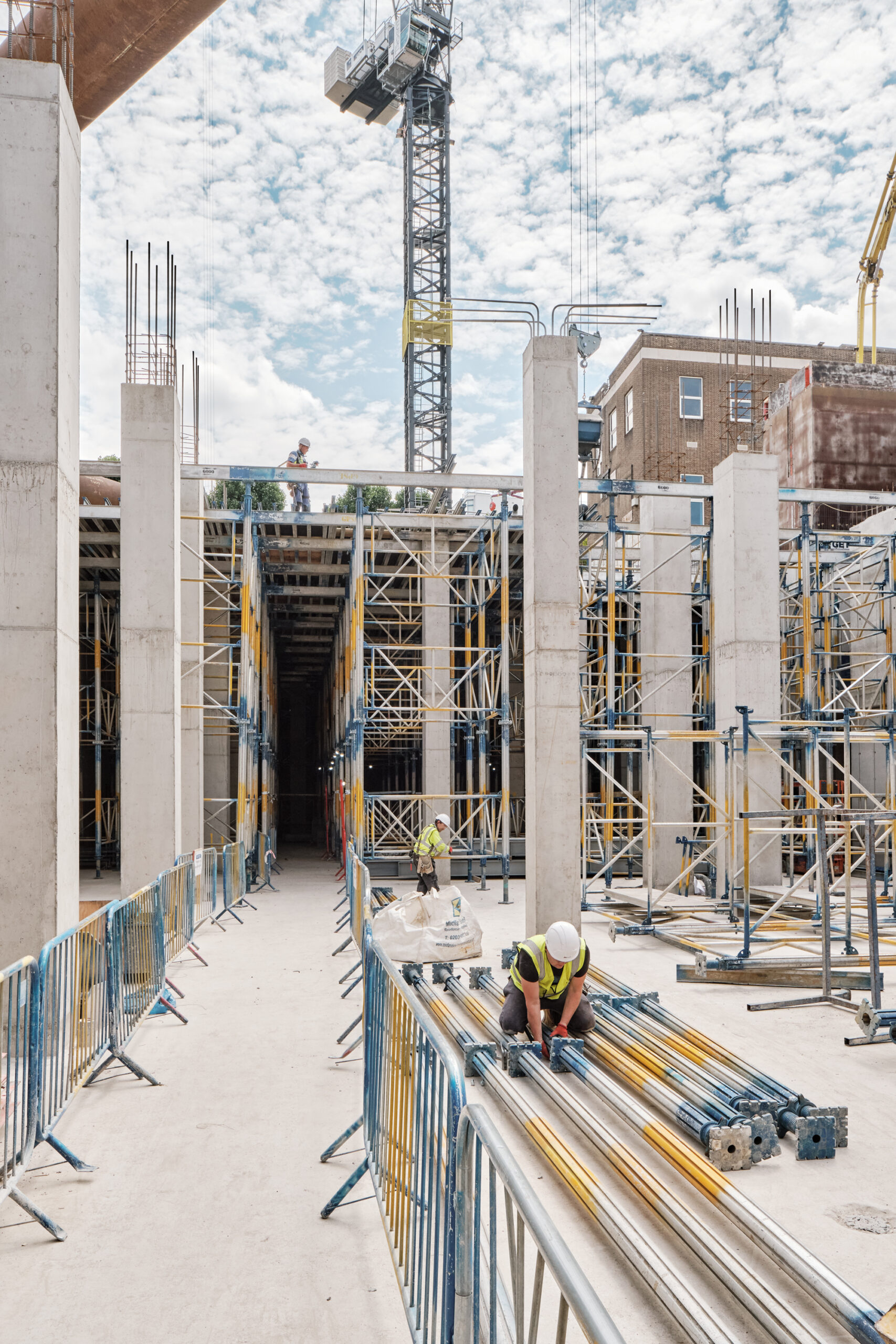
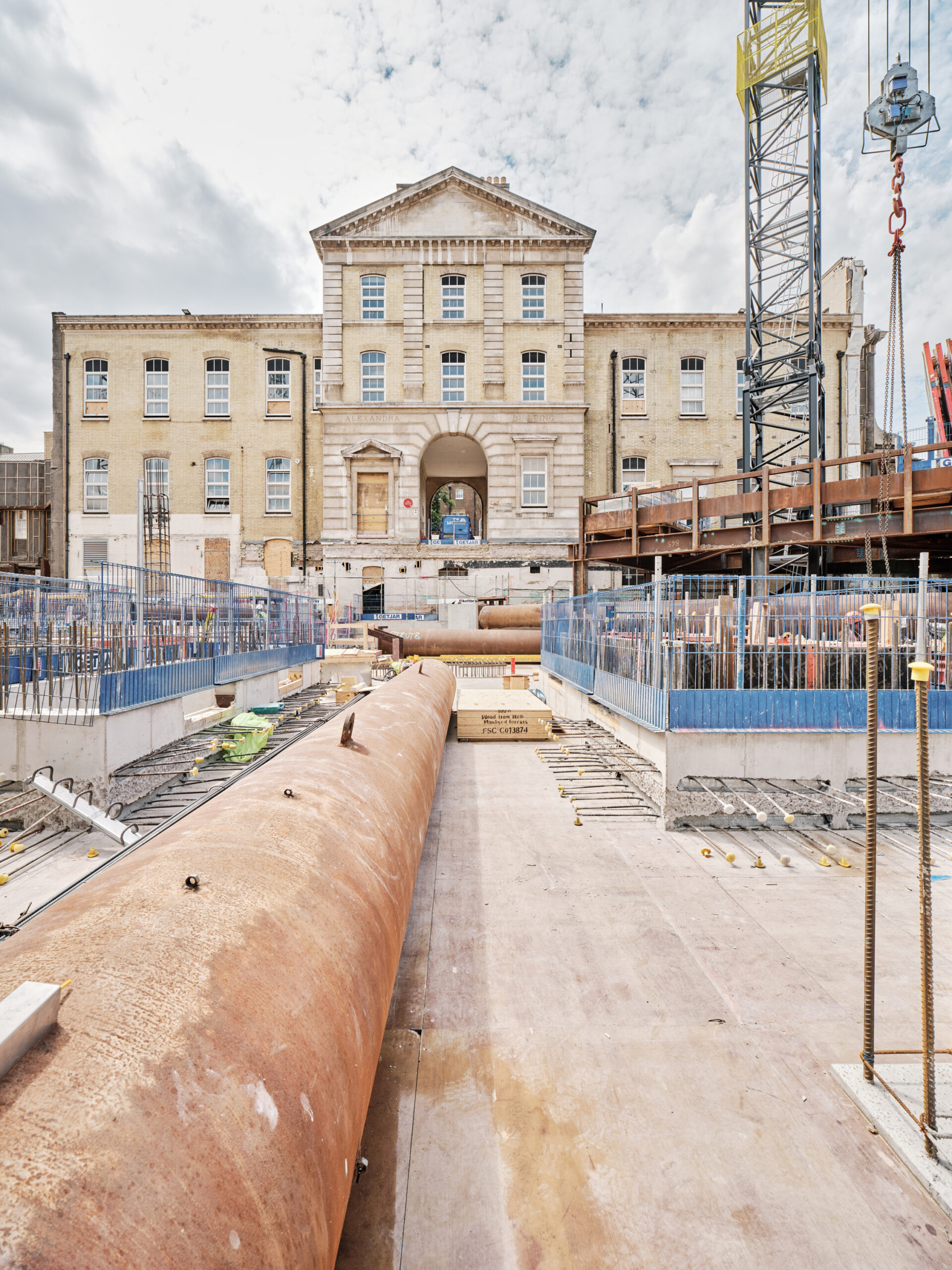
We are currently acting as lead consultant supporting the principal contractor delivering the proposals for both the Queen Square Institute of Neurology and wider masterplan.
Project details
Project name: The UCL Queen Square Institute of Neurology and UK Dementia Research Institute HQ
Location: London, UK
Service: Sustainable design
Value: > £100M
Scope: Architecture, Interior design, Urban design, Masterplanning
Clients: University College London, UK Dementia Research Institute, University College London Hospitals
Status: Live
Accreditation: BREEAM Outstanding
Project manager & quantity surveyor: Arcadis
Healthcare & specialist laboratory compliance: BMJ Architects
Landscape architects: Plincke
Planning consultant: WSP Indigo
Heritage Assessors and Conservation Consultant: Alan Baxter Associates
Services engineering: Hoare Lea
Structural, acoustic & vibration engineer: Ramboll
Transport & logistics consultancy: Momentum
Townscape consultancy: Peter Stewart
Neighbourly matters: GIA
Construction partner: ISG
Construction photographer: Francesco Montaguti
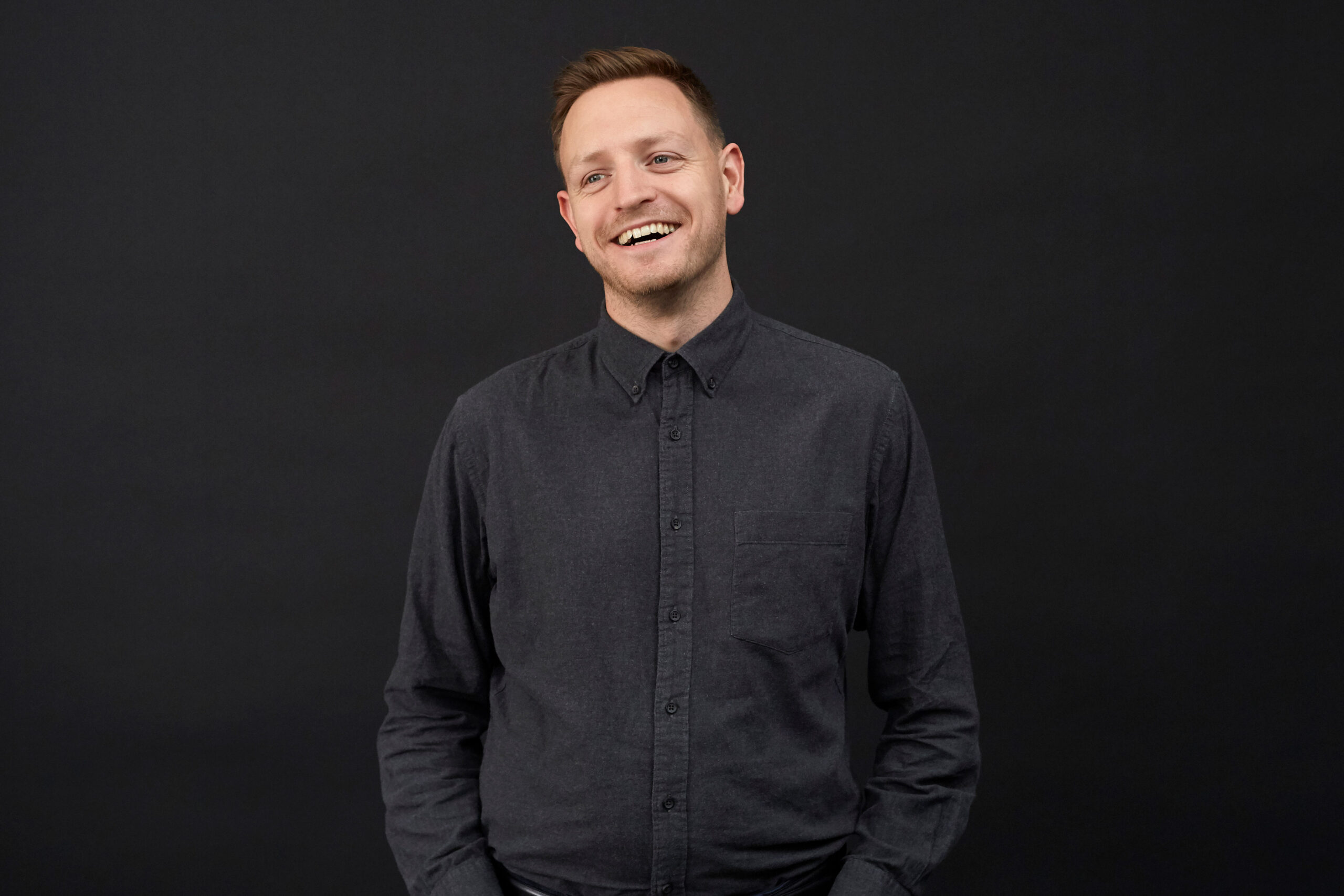
Email: ewangraham@hawkinsbrown.com
